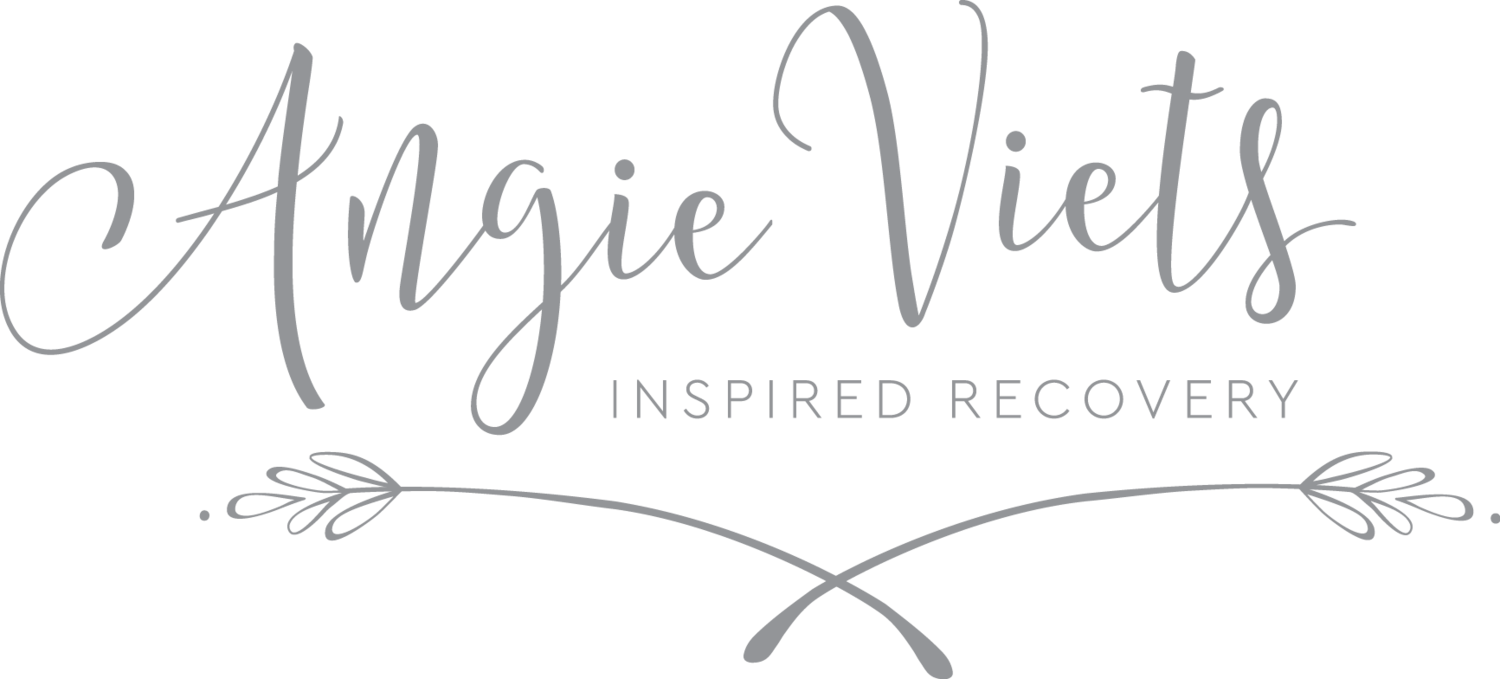Are You a Competent Eater? Here's How to Know
Emily Fonnesbeck, RD
It’s a common assumption and stereotype that people choose nutritious foods because they know they should while people who don’t are being lazy or don’t care.
However, we actually find that people choose food for a variety of reasons and only one of them may be nutrition. Other influences may be cultural, societal, accessibility, cost, food preferences, food beliefs, emotional states, environment and food marketing, to name a few.
To truly help someone adopt more healthful and adequate food patterns, it’s imperative that we understand these influences. If we do, we will see just telling someone what they should do won’t likely be effective or helpful and may only increase the confusion they feel. Instead, we should aim to understand and help them overcome hurdles.
Registered dietitian Ellyn Satter gives us insight into how to do that. She is best known for her Eating Competence Model, which is meant to create harmony between our food "wants" and our food "shoulds." Eating competence is measured by this validated tool, The Eating Competence Survey. Being a competent eater is directly correlated with nourishing and healthful food patterns, normal lab values, better sleep and more consistent physical activity.
If someone is found not to be a competent eater, the treatment would be to help them develop eating competence rather than assume they don’t care about nutrition. In fact, Satter describes the pathway to eating competence to be much like Maslow’s Hierarchy of Needs; if an individual hasn’t met their lower level needs, they won’t have the tools, skills, motivation or desire to reach higher levels of need.
Satter’s Hierarchy of Food Needs looks like this:
1. Having enough food to eat (people at this level are driven by hunger and anxiety about getting enough to eat)
2. Having enough acceptable food to eat (not rotten or something you’re allergic too, etc)
3. Having reliable, ongoing access to food (can plan ahead for meals, not skipping meals, etc)
4. Having good tasting food (can afford to be a little pickier about eating what’s enjoyable because they aren’t worried about having enough)
5. Having novel food experiences (willing to try new foods)
6. Using food in an instrumental way (i.e. nutritional balance or changing food choices due to a medical diagnosis)
Essentially, nutrition information for influencing health is most effective when someone has enough acceptable, enjoyable food to eat consistently. It’s important to note that Satter does clarify that no one needs to use food in an instrumental way in order to be a competent eater; you can choose to skip that 6th tier entirely. It’s just not even a choice for someone that doesn’t have a solid foundation of food security.
If someone is experiencing food insecurity due to economic constraints or self-imposed restrictions through dieting or disordered eating, which is causing them inconsistent and inadequate food patterns, they won’t be ready to make changes that are truly sustainable and realistic. In fact, nutrition information at that point could just feel more polarizing and overwhelming.
The World Health Organization describes health promotion as: “To reach a state of complete physical, mental and social well-being, an individual or group must be able to identify and to realize aspirations, to satisfy needs, and to change or cope with the environment. Health is, therefore, seen as a resource for everyday life, not the objective of living.”
Health can feel like a vague term, but I think the WHO gives us some perspective here: health is a resource, not the objective of living. If we are promoting health, we should be doing it in a way that leads to overall physical, mental, emotional, social and spiritual well-being. When we reduce nutrition to a set of rules, we miss the bigger picture.
Satter describes the journey to eating competence to include:
• You will feel good about your eating and be reliable about seeing to it that you get fed.
• You will get better and better at eating as much as you are hungry for.
• Having “forbidden foods” at meals and snacks will make them ordinary foods that you can eat in ordinary ways.
• Not making yourself eat fruits and vegetables will turn them into foods you eat for pleasure.
• Big servings won’t make you overeat. You will eat it all if you want to, not if you don’t.
There are ways to improve nutritional intake, but contrary to popular belief, it isn't through more nutrition information. The more effective approach is to cultivate food competence where someone can naturally settle into nourishing food patterns.
Emily Fonnesbeck, RD is a Registered Dietitian who owns her own private practice in southern Utah. Her nutrition passion consists of helping individuals free themselves from diets, disordered eating, food anxiety, poor body image and obsessive exercise. She has a non-diet, weight-neutral, client-centered approach to help people make peace with food and live confident, healthy and satisfying lives.
Visit her website.












